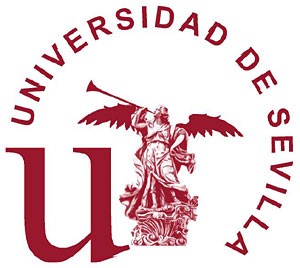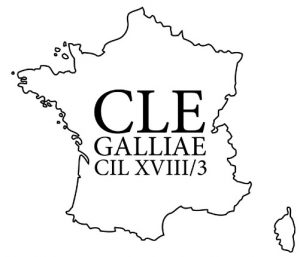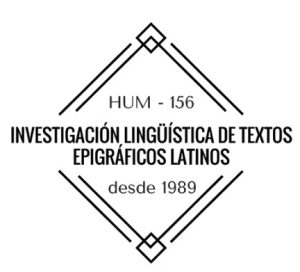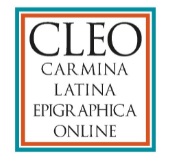
The CLEO website has a database format, developed in EpiDoc, and its objective is to collect the edition and commentary of the Latin inscriptions in verse on which we work a group of researchers from different Spanish and European universities, dynamic and constantly growing, allowing simple and advanced searches, and thus becoming a useful tool for scholars.
The germ of this website and of the work developed to give it content dates back to 1964, when Hans Krummrey, director of the scientific office of the Corpus Inscriptionum Latinarum (CIL), promoted the idea of a new classification of the Carmina Latina Epigraphica (CLE) in an independent volume of the CIL, the XVIII, organized according to the administrative geography of the Roman Empire (“Zum Plan einer neuen Sammlung der CLE”, Philologus 108, 1964, 304-310). The aforementioned work constitutes, in a way, the founding act of this new volume of the CIL, whose first fascicle, focused on material from Hispania (CIL XVIII/ 2), finally sees the light of day in 2020, after a couple of decades of elaboration.
It is true that only about 1% of the Latin inscriptions are in verse, but it is no less true that this small part is very significant – as Krummrey was able to see – because it puts us in contact with the experience of poetry and popular culture in very different geographical, social, linguistic and chronological contexts.







